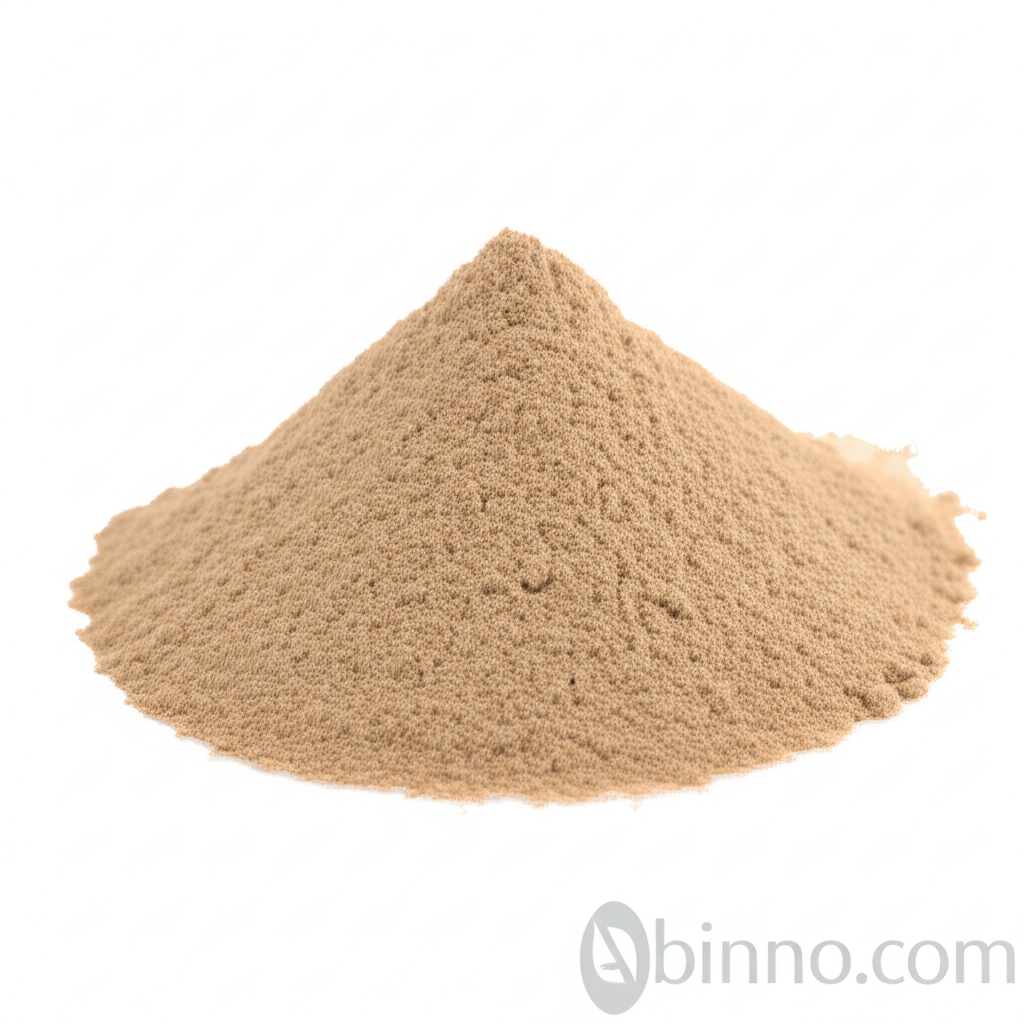Discover (3-Aminophenyl)methanol: Your Key Organic Synthesis Intermediate
Unlock advanced chemical synthesis with (3-aminophenyl)methanol, a crucial building block for innovation.
Get a Quote & SampleThe Core Value of (3-Aminophenyl)methanol

(3-Aminophenyl)methanol
This essential organic compound, identified by CAS 1877-77-6, serves as a pivotal intermediate in numerous advanced chemical syntheses. Its unique structure makes it indispensable for developing cutting-edge pharmaceutical agents and complex organic molecules.
- Explore the diverse uses of (3-aminophenyl)methanol in complex organic synthesis applications. It is a fundamental building block for creating intricate molecular structures.
- Leverage CAS 1877-77-6 for your critical pharmaceutical intermediate needs. This compound is central to the development of new therapeutic agents.
- Enhance your research with this key organic chemistry building block. Its versatility allows for adaptation into various synthetic pathways.
- Investigate the synthesis of dynamin GTPase inhibitors and hedgehog signaling pathway inhibitors using this compound as a primary reagent.
Advantages You Can Count On
Versatile Reactivity
The bifunctional nature of (3-aminophenyl)methanol, featuring both amine and hydroxyl groups, allows for a wide range of chemical transformations, making it a highly adaptable reagent.
Purity and Reliability
Ensure consistent results in your reactions with high-purity (3-aminophenyl)methanol, critical for reliable pharmaceutical synthesis.
Innovation in Research
Accelerate your R&D by utilizing this crucial organic intermediate for the development of novel compounds and therapeutic targets.
Key Applications
Pharmaceutical Synthesis
As a vital pharmaceutical intermediate, it plays a key role in the synthesis of active pharmaceutical ingredients (APIs) and drug candidates.
Medicinal Chemistry
Researchers use this compound in medicinal chemistry to explore new drug targets and develop novel therapeutic strategies.
Organic Synthesis
It's a fundamental building block in organic chemistry for constructing complex molecules and exploring new reaction pathways.
Research & Development
Essential for R&D laboratories, it supports the discovery and development of new chemical entities and advanced materials.
